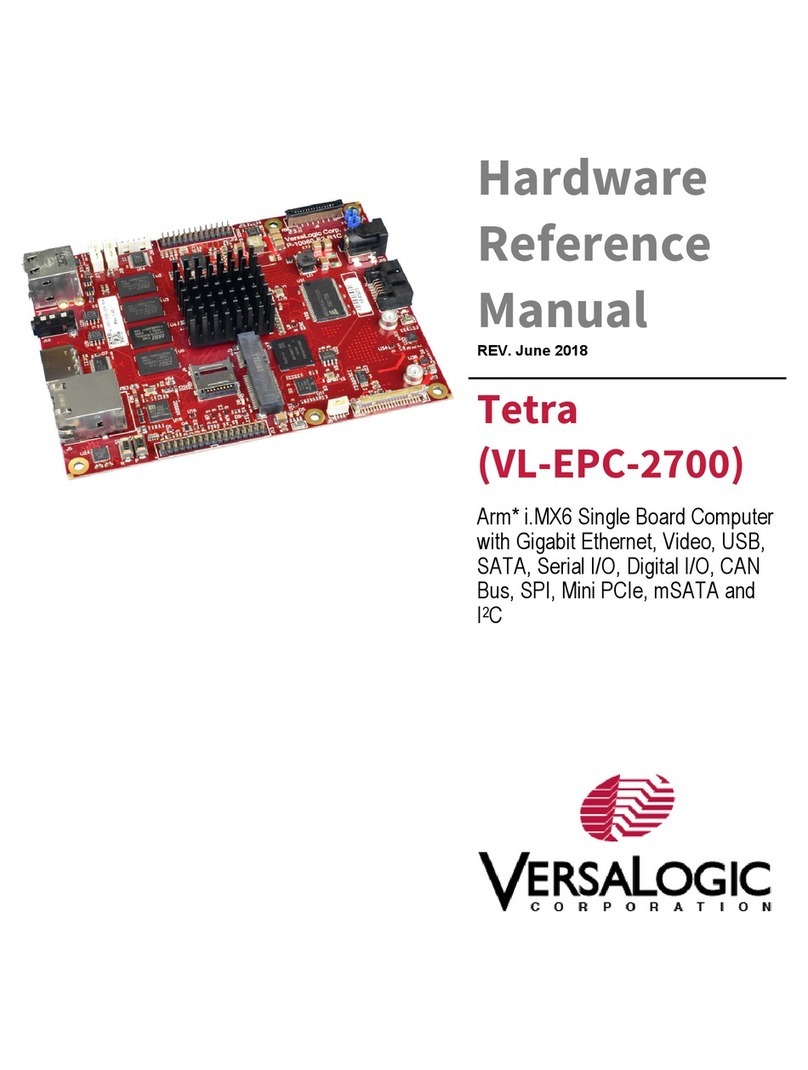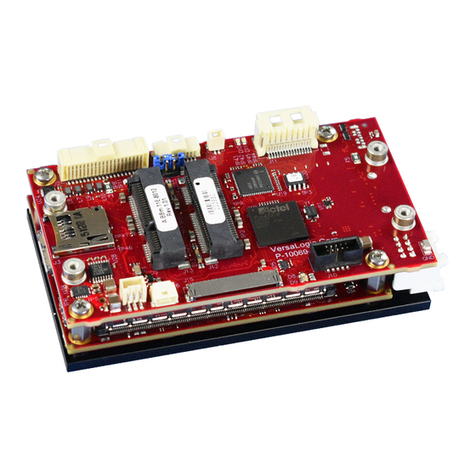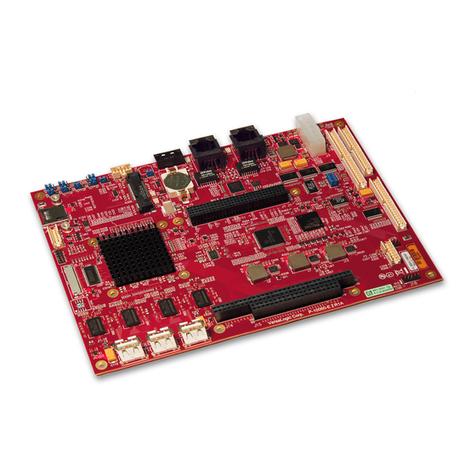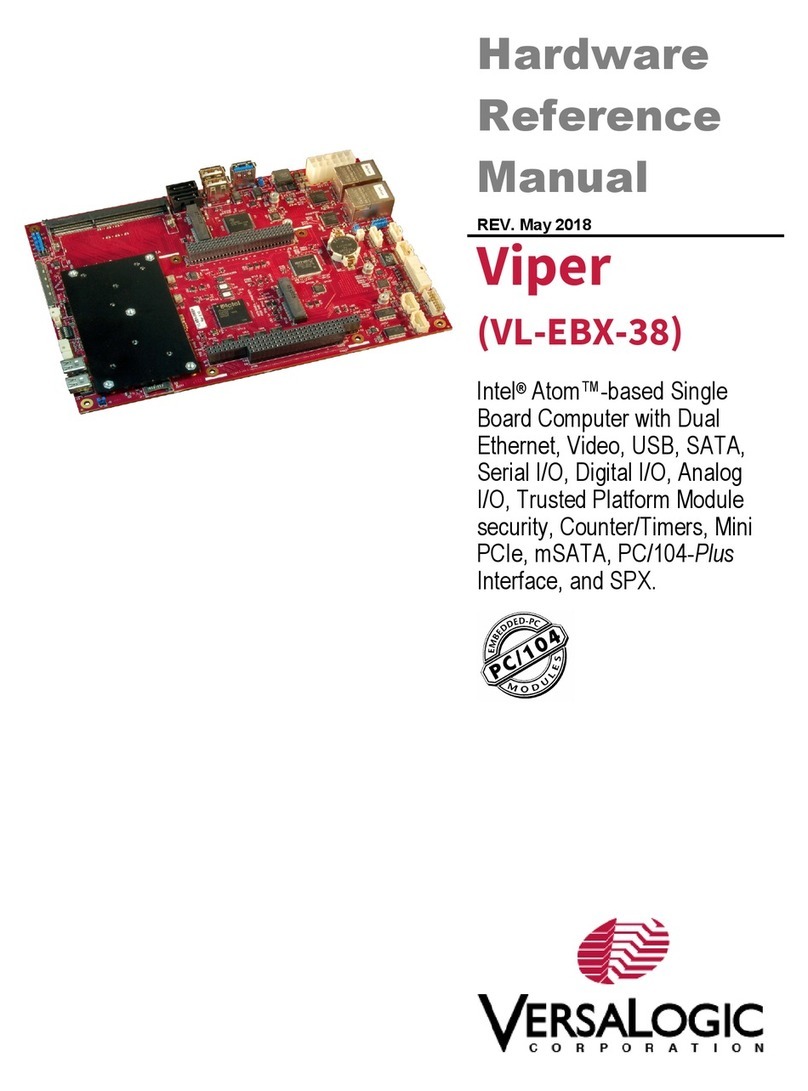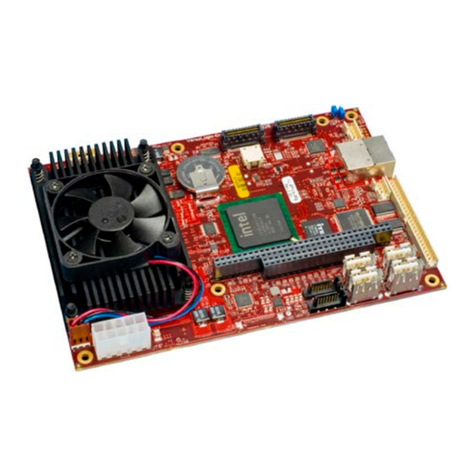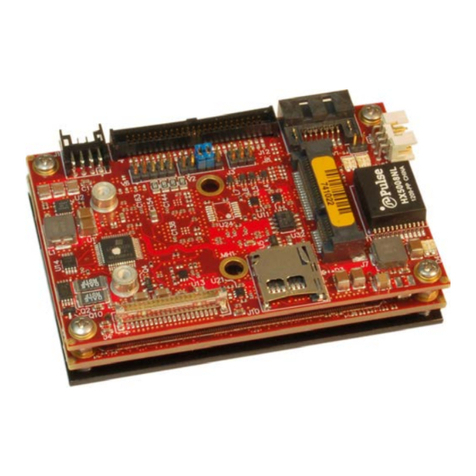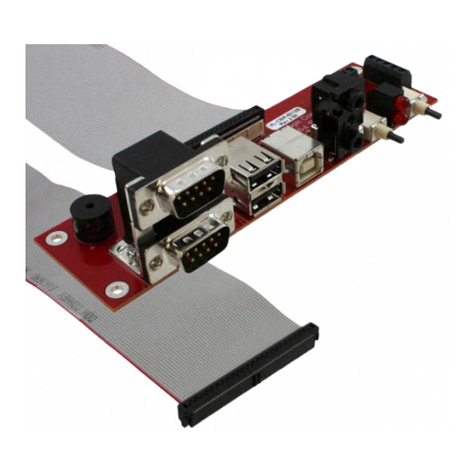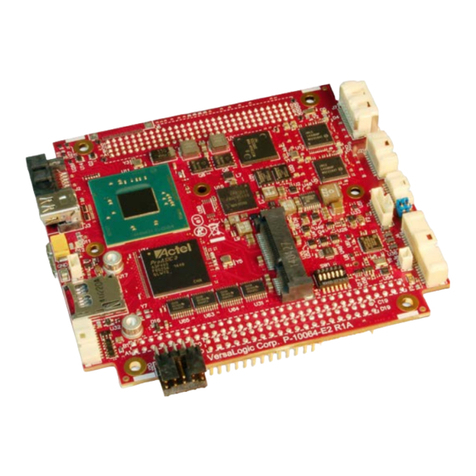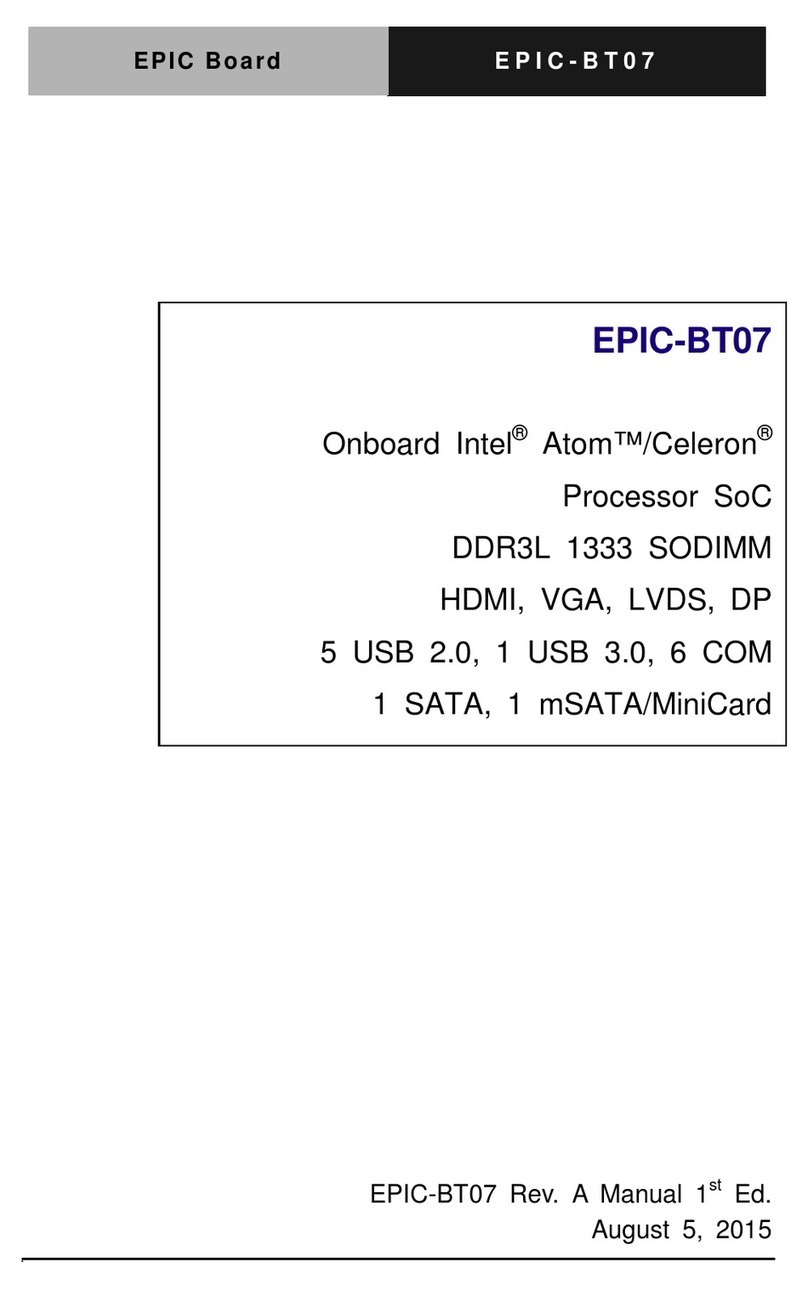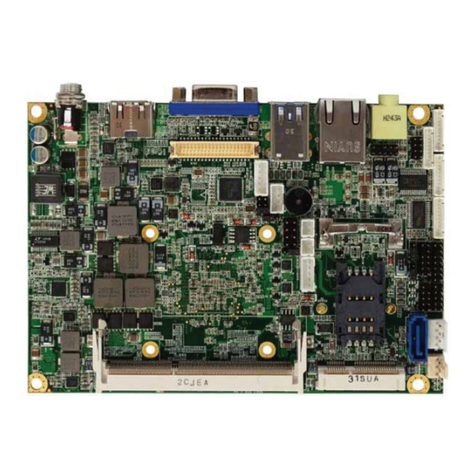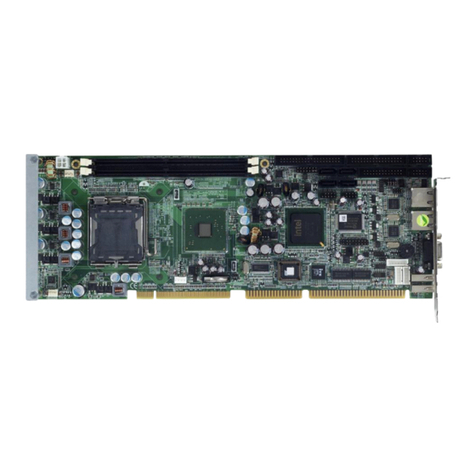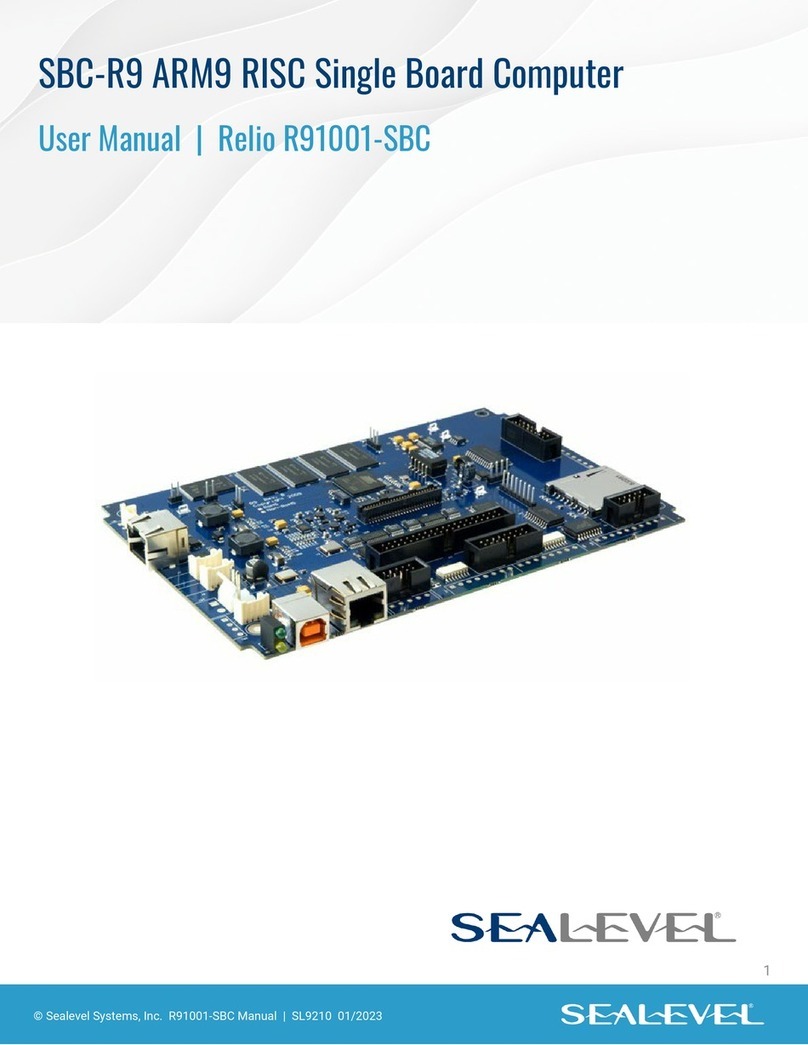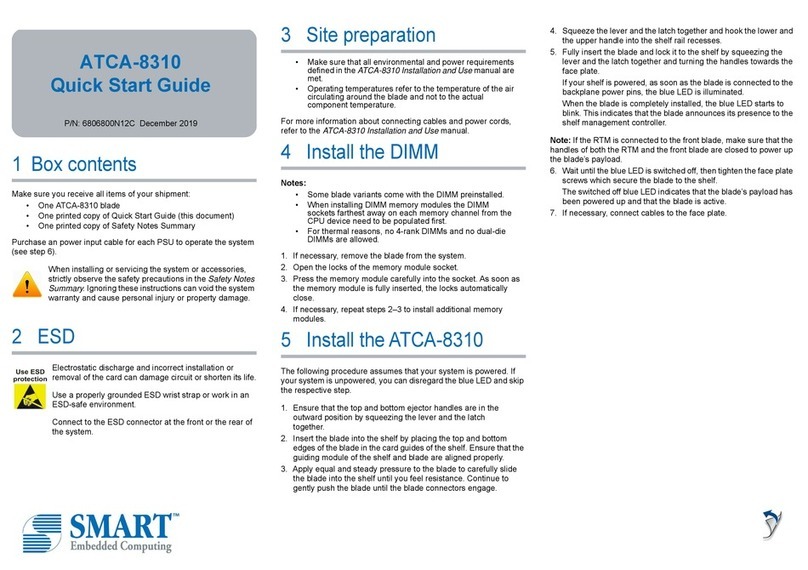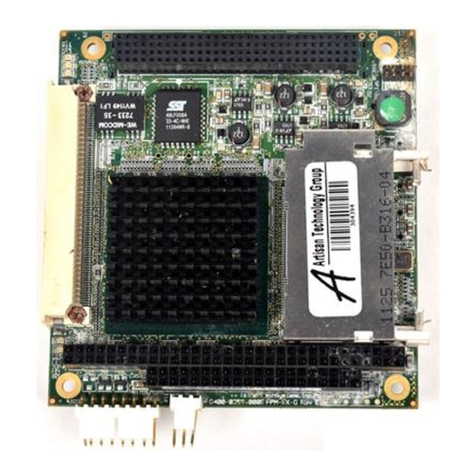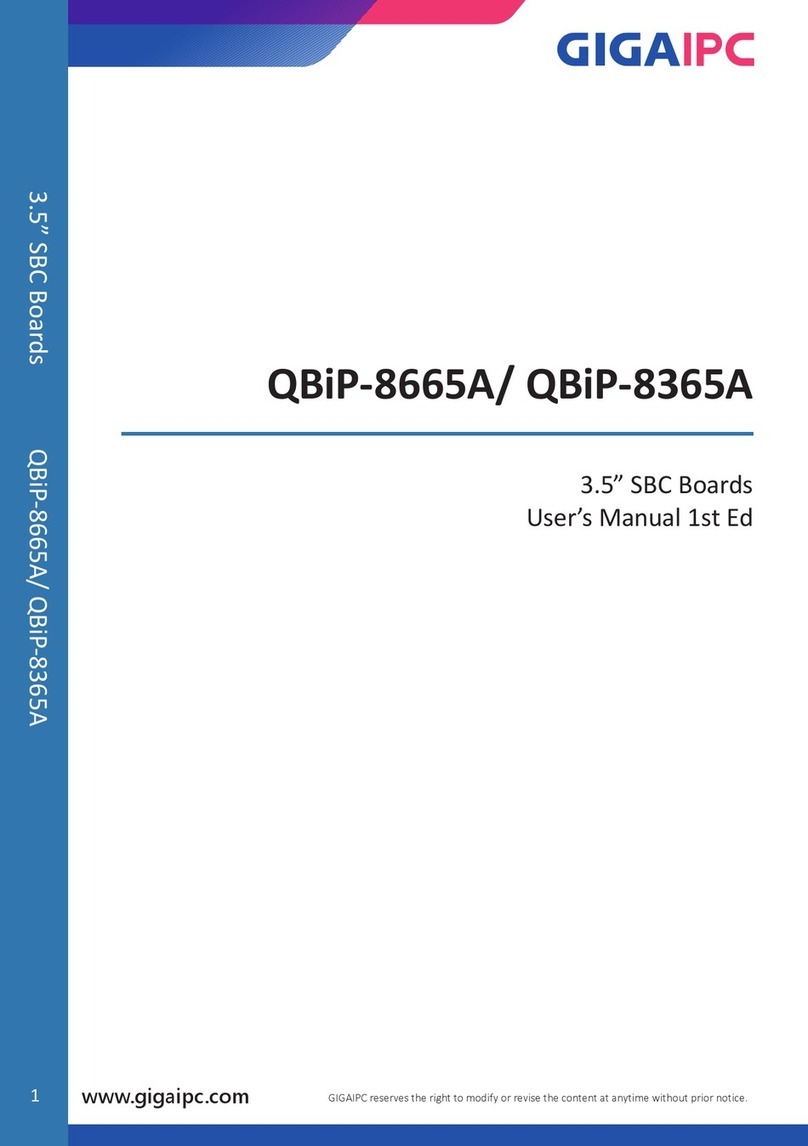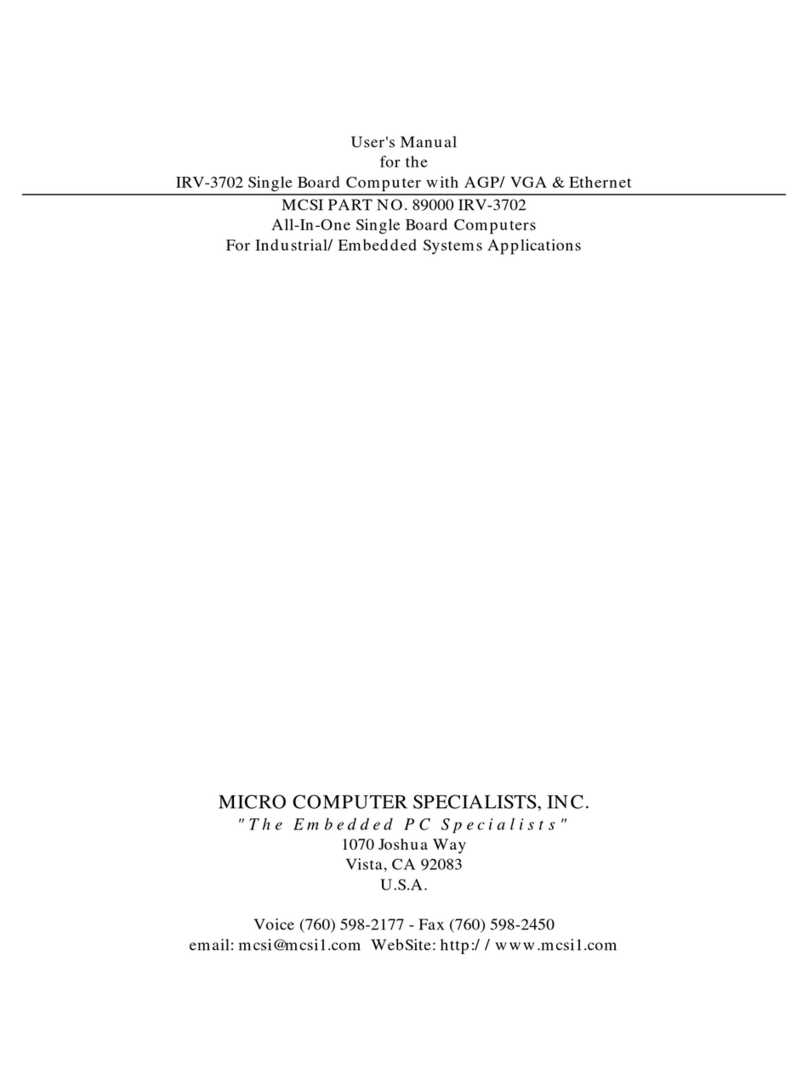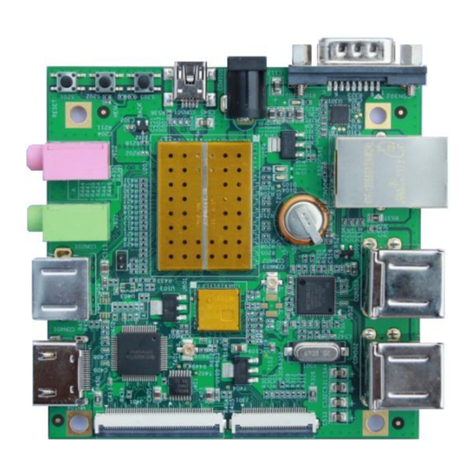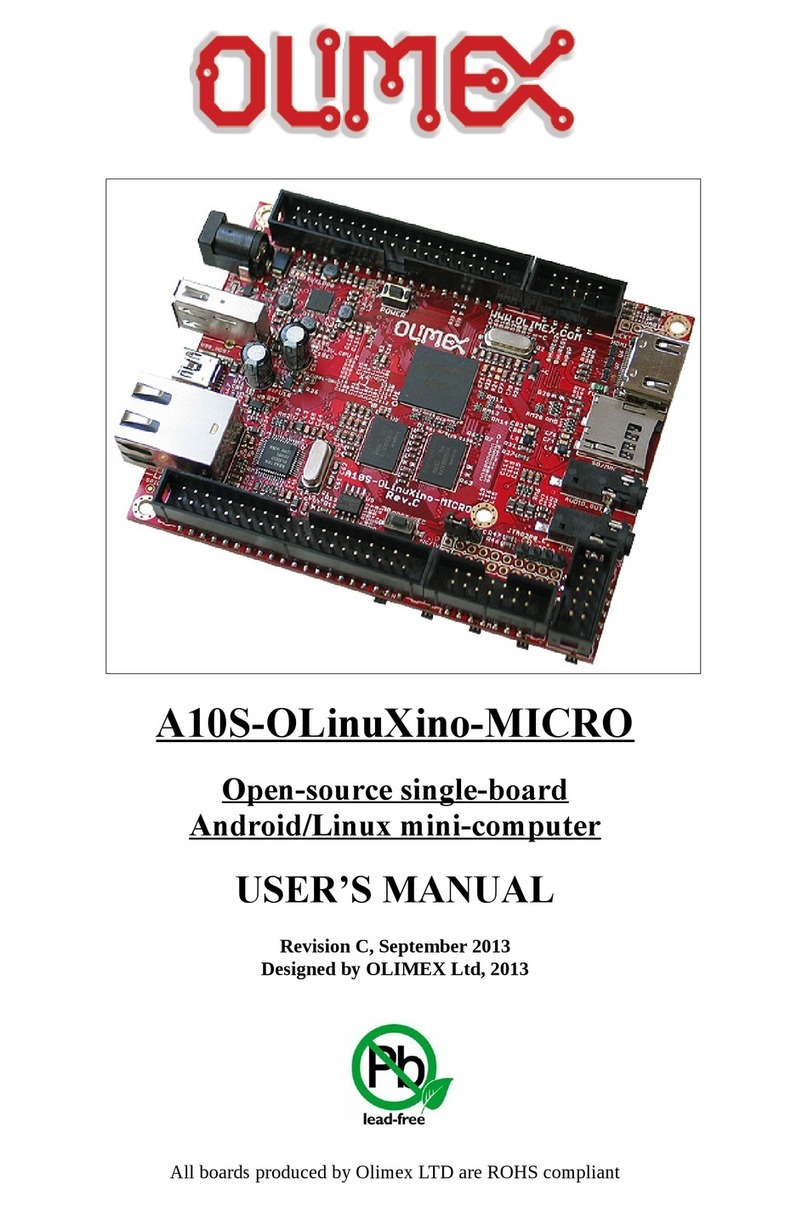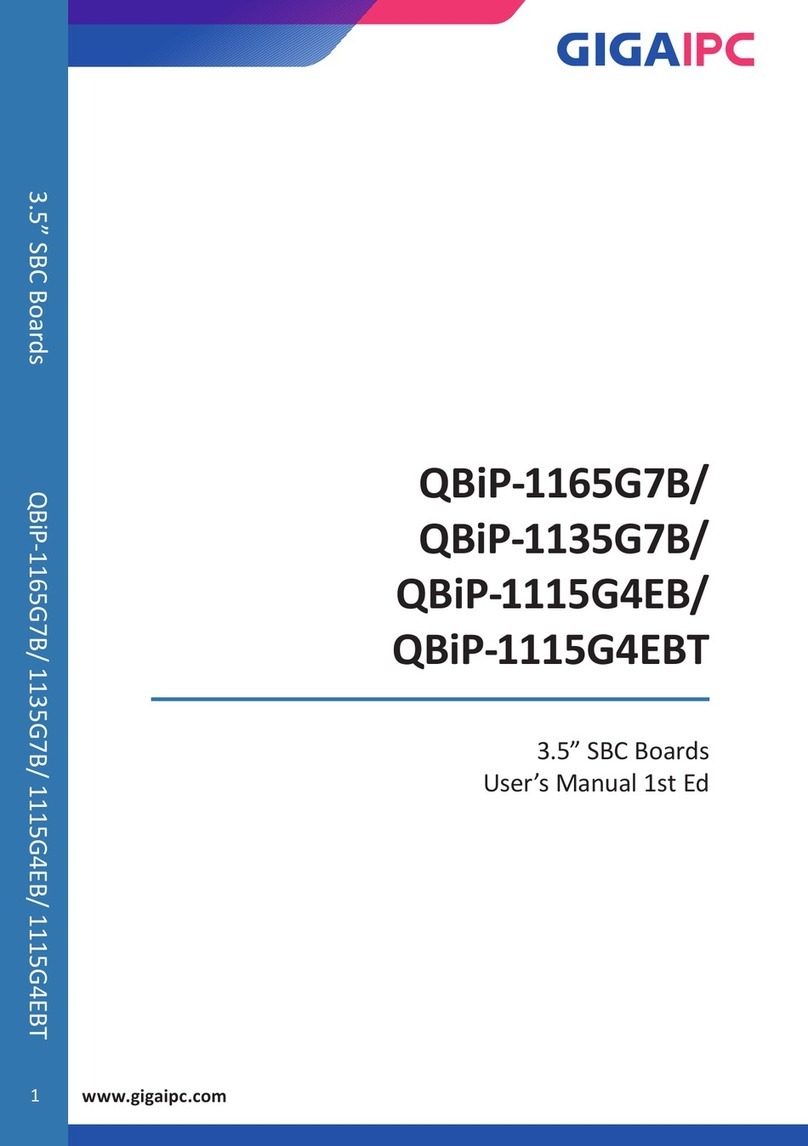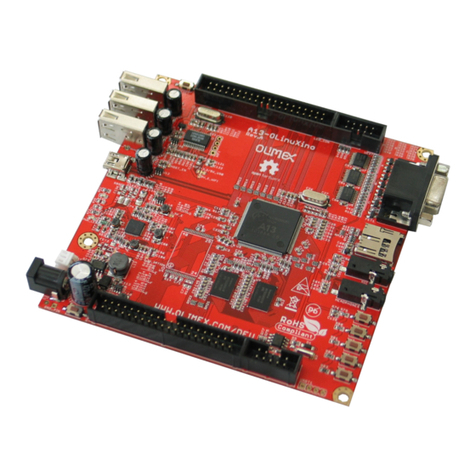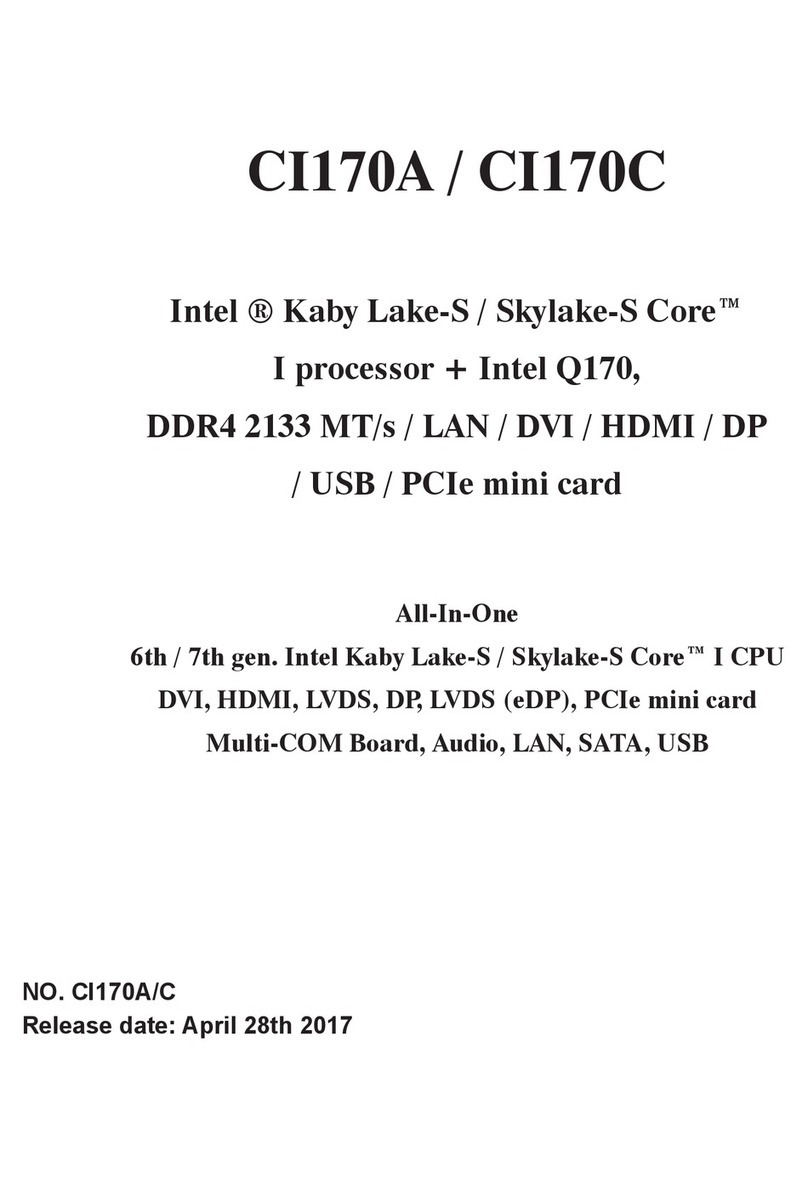
EPM-19 Programmer’s Reference Manual iv
Contents
Introduction ...................................................................................................................1
Related Documents.............................................................................................................1
System Resources and Maps.......................................................................................2
Memory Map ......................................................................................................................2
IRQ Map.............................................................................................................................2
I/O Map...............................................................................................................................3
FPGA Registers.............................................................................................................4
Accessing the FPGA...........................................................................................................4
FPGA I/O Space .................................................................................................................4
FPGA Register Map ...........................................................................................................5
FPGA Register Descriptions...............................................................................................6
Product Information Registers...............................................................................6
Status/Control Register.......................................................................................... 7
SPI Control Registers ............................................................................................8
SPI Data Registers...............................................................................................10
SPI Debug Control Register ................................................................................11
Miscellaneous FPGA Registers...........................................................................12
GPIO Registers....................................................................................................13
COM Port Register..............................................................................................19
FPGA Interrupt Interface..................................................................................................20
Programming Information for Hardware Interfaces..................................................21
PC/104 Expansion Bus.....................................................................................................21
PCI Express Ports (PCIe)..................................................................................................22
Processor WAKE# Capabilities........................................................................................22
GPIO Configuration
..........................................................................................................23
Industrial I/O Functions and SPI Interface.......................................................................25
Serial Ports........................................................................................................................26
COM3/COM4 Hardware Configuration..............................................................26
COM3/COM4 Software Configuration...............................................................26
Serial Port Assignment........................................................................................27
COM Ports (FIFO UARTs) .................................................................................28
COM Port Baud Rate Support.............................................................................28
Programmable LED..........................................................................................................30
Appendix A – References............................................................................................31
Tables
Table 1: Memory Map ........................................................................................................ 2


